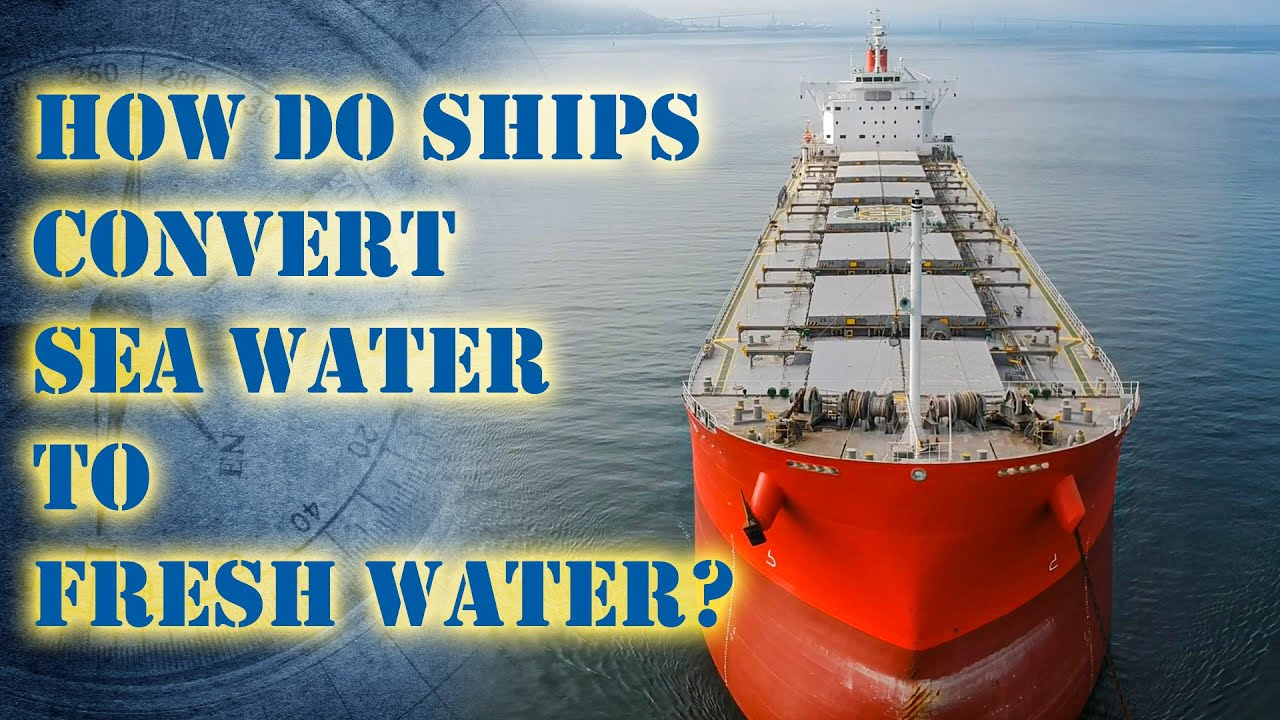To Separate a Saltwater Mixture by Evaporation
Summary
TLDRIn this 'Science for Schills' episode, the process of separating salt from water using evaporation is demonstrated. The video explains the roles of the solvent (water) and the solute (salt), and how they interact. A solution of salt and water is heated, causing the water to evaporate, leaving behind the salt. The experiment emphasizes safety with the use of goggles and showcases the result of the separation, hinting at distillation as an alternative method for solvent retention.
Takeaways
- 🧪 Today's experiment involves separating a mixture of salt and water using the method of evaporation.
- 🔬 Essential equipment includes a solution of salt and water, a hot plate, a beaker, a clock glass, tongs, and safety goggles.
- 🕒 The process begins with pouring the saltwater solution onto a clock glass placed over a beaker of boiling water.
- 🌡️ As the water evaporates, the salt, being the solute, will be left behind on the clock glass.
- 💧 The solvent, in this case water, is removed from the mixture through the evaporation process.
- 🧂 The solute, salt, remains on the clock glass, visible as white crystals after the evaporation.
- ⏱️ The experiment demonstrates that evaporation is a method to separate a solute from a solvent.
- 👓 Safety is emphasized with the reminder to wear goggles to protect the eyes during the experiment.
- 🔎 The script explains the concepts of solvent and solute, and how they interact during the evaporation process.
- 📚 An alternative method for separating mixtures, distillation, is mentioned as a topic for a future episode.
Q & A
What is the main topic of the 'Science for Schills' video?
-The main topic of the video is the separation of a salt and water mixture using the process of evaporation.
What are the materials needed for the experiment demonstrated in the video?
-The materials needed for the experiment include a solution of salt and water, a hot plate, a beaker of boiling water with a clock glass on top, tongs, and safety goggles.
What is the role of the clock glass in the experiment?
-The clock glass is used to cover the beaker containing the boiling water, which helps to trap the evaporating water vapor and observe the process of evaporation.
Why is it important to wear goggles during the experiment?
-Wearing goggles is crucial for safety as it protects the eyes from any potential splashes or harmful substances that might be released during the heating and evaporation process.
What is the difference between a solvent and a solute in the context of the experiment?
-In the experiment, the solvent is water, which dissolves the solute, which is salt. The solute dissolves in the solvent to form a solution.
How does the process of evaporation help in separating the salt from the water?
-Evaporation helps in separating salt from water by allowing the water to turn into vapor and escape, leaving behind the salt as the solute.
What happens to the salt when the water has completely evaporated?
-When the water has completely evaporated, the salt is left behind on the clock glass as a solid residue, demonstrating the separation of the solute from the solvent.
What alternative method is mentioned for keeping the solvent during separation?
-Distillation is mentioned as an alternative method for separation that allows for the retention of the solvent.
How does the video conclude and what is promised for a future episode?
-The video concludes by showing the complete evaporation of water and the remaining salt, and it promises a future episode on separation by distillation.
What is the significance of observing the results with one's eyes in the context of the video?
-Observing the results with one's eyes is significant as it allows for the visual confirmation of the separation process and the outcome of the experiment.
Outlines

此内容仅限付费用户访问。 请升级后访问。
立即升级Mindmap

此内容仅限付费用户访问。 请升级后访问。
立即升级Keywords

此内容仅限付费用户访问。 请升级后访问。
立即升级Highlights

此内容仅限付费用户访问。 请升级后访问。
立即升级Transcripts

此内容仅限付费用户访问。 请升级后访问。
立即升级浏览更多相关视频

SCIENCE GRADE 6: Separating mixtures through Decantation, Evaporation and Filtration

Misturas e separação de misturas - 4º ano

How To Separate Solutions, Mixtures & Emulsions | Chemical Tests | Chemistry | FuseSchool

How Ships Convert Sea Water to Fresh Water | Chief MAKOi Study Call Ep 04

Separation Techniques: Evaporation to Dryness

Unit 3.9 - Separation of Solutions and Mixtures
5.0 / 5 (0 votes)
